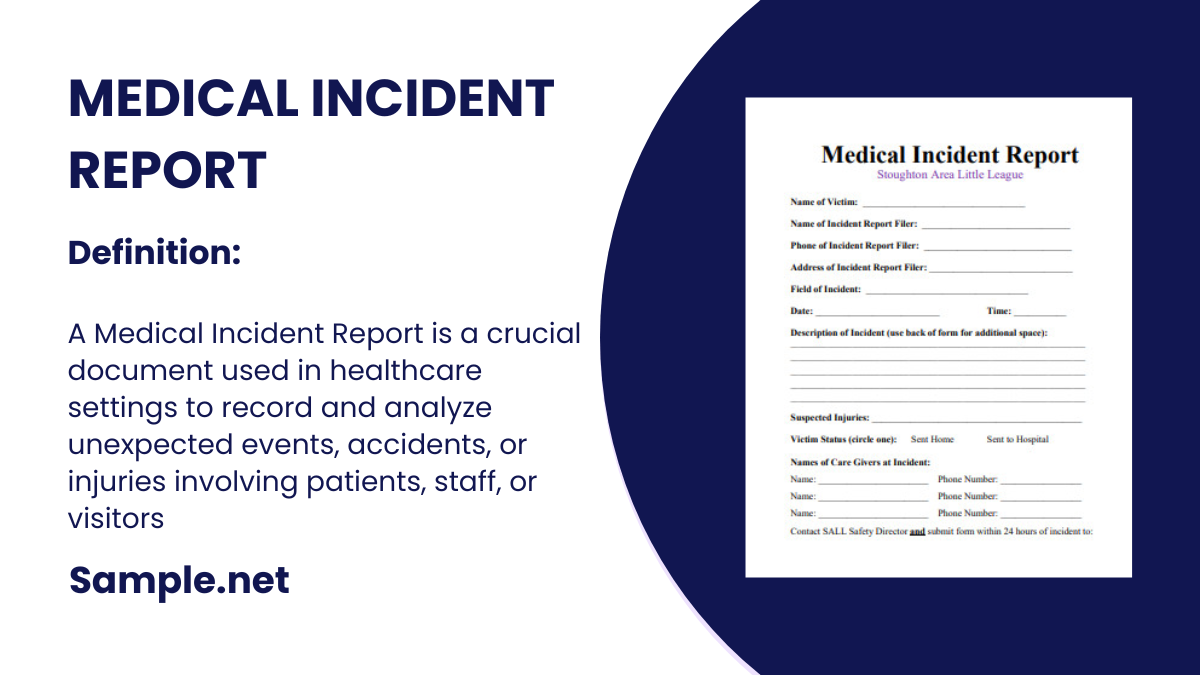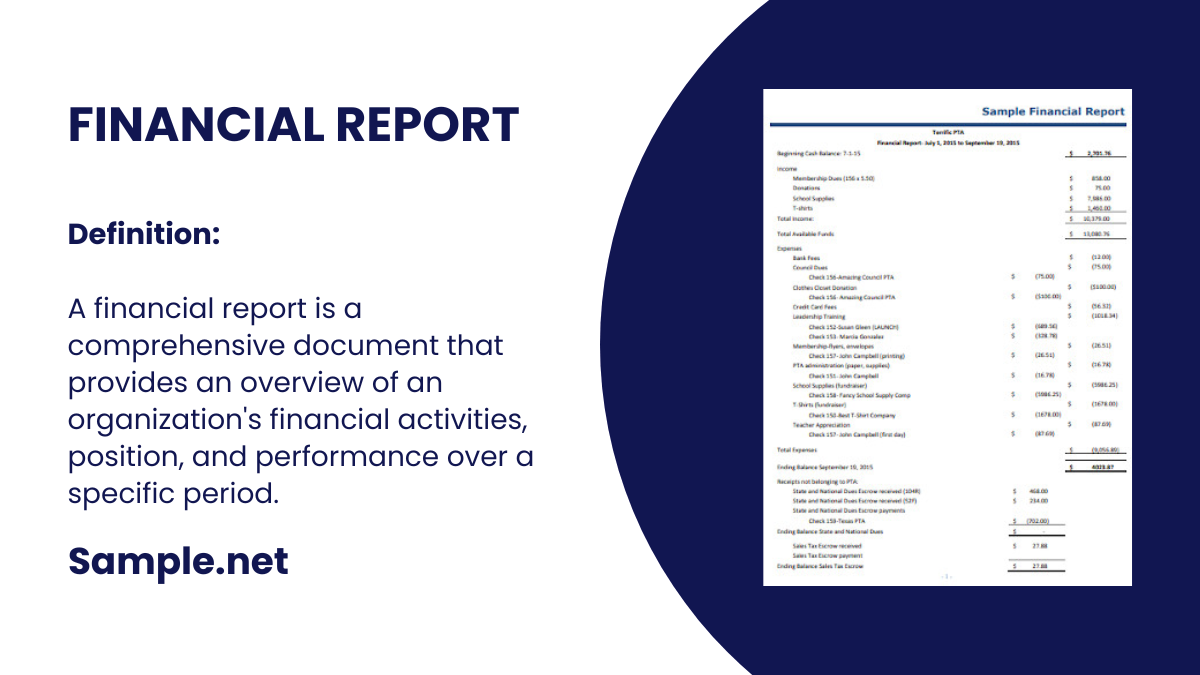A Medical Incident Report is a crucial document used in healthcare settings to record and analyze unexpected events, accidents, or injuries involving patients, staff, or visitors. This report ensures…
continue reading
Consulting Report Format
-
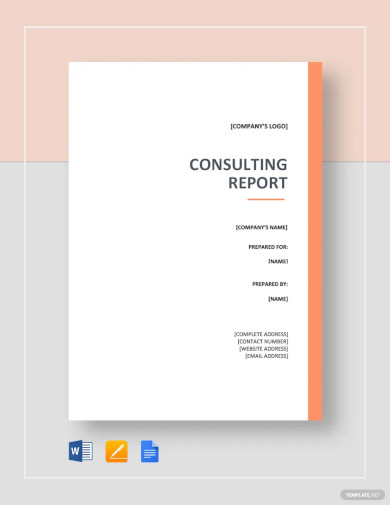
Consulting Report Template
download now -

Management Consulting Report Template
download now -
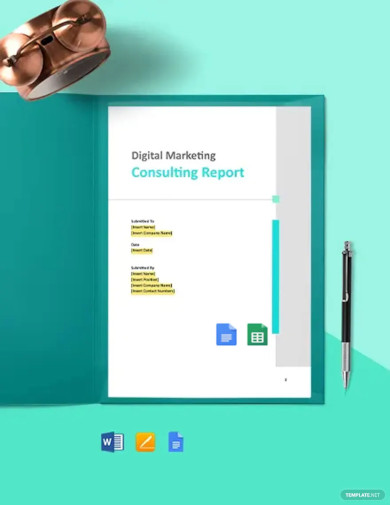
Business Consulting Report Template
download now -

Internal Consulting Report Template
download now -
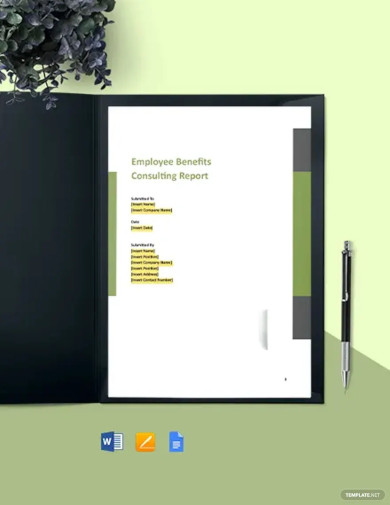
Corporate Consulting Report Template
download now -
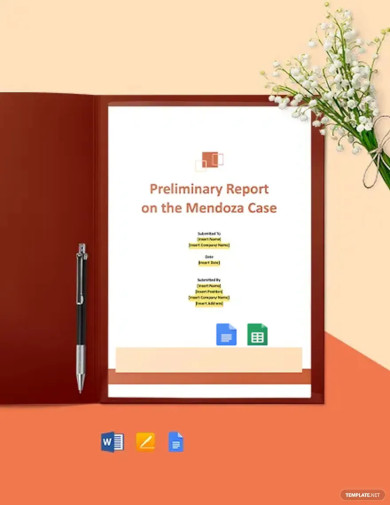
Consulting Company Report Template
download now -

Consulting Recommendations Report Template
download now -
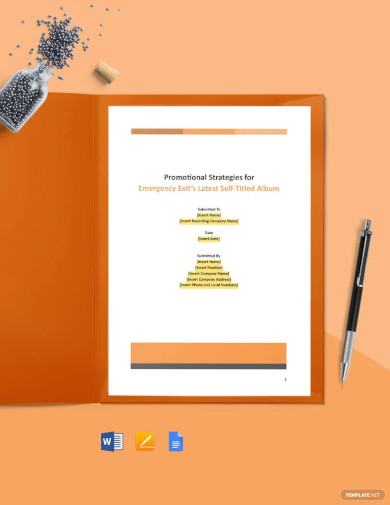
Consulting Strategy Report Template
download now -
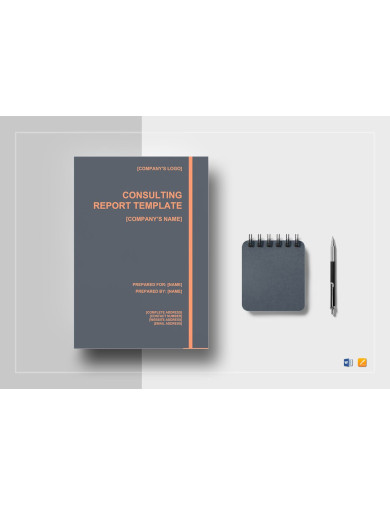
Standard Consulting Report Template
download now -
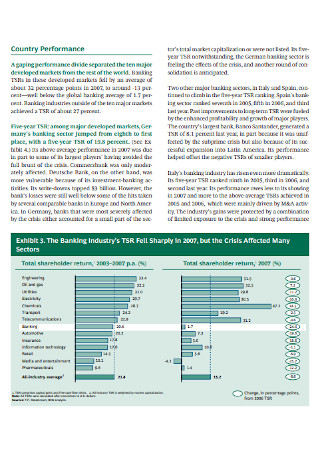
Managing Shareholders Consulting Report
download now -
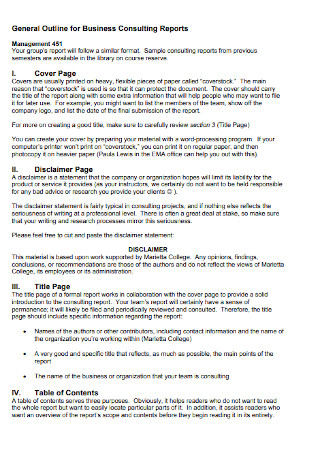
Business Consulting Reports
download now -

Management Consulting Annual Report Executive Summary
download now -
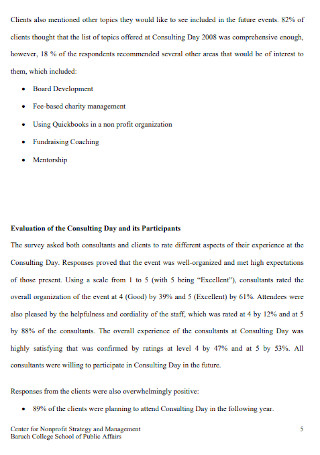
Consulting Day Report Title Page
download now -

Logistic Consulting Report Introduction
download now -
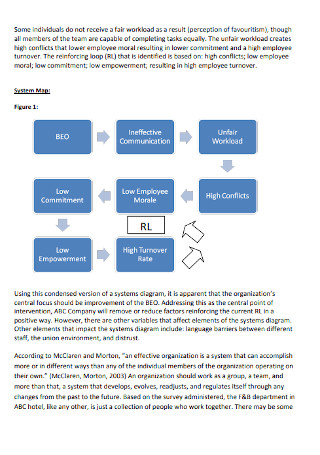
Hotel Consulting Report Disclaimer
download now -
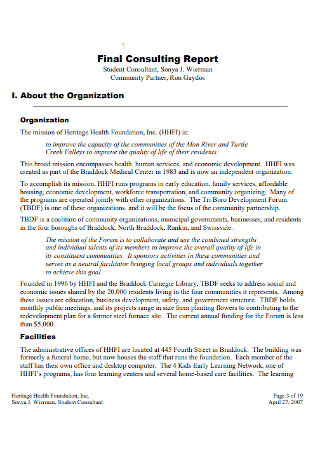
Final Consulting Cover Report
download now -
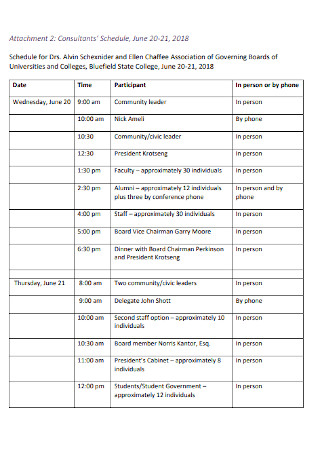
Sample Business Consulting Client Report
download now -
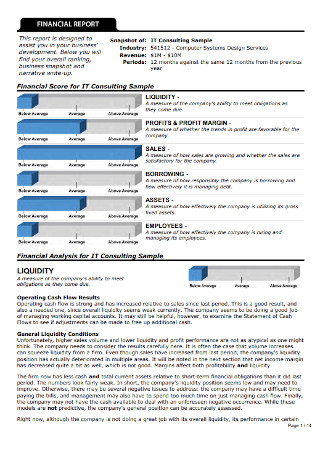
Sample Consulting Financial Consultant Report
download now -
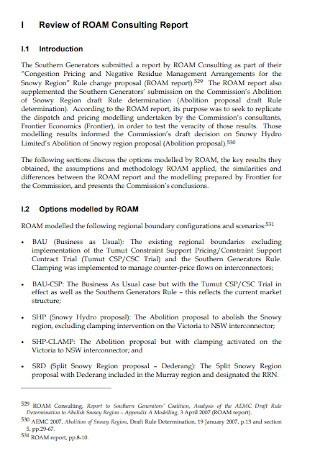
Standard Professional Consulting Report
download now -

Industry Research Management Consulting Report
download now -
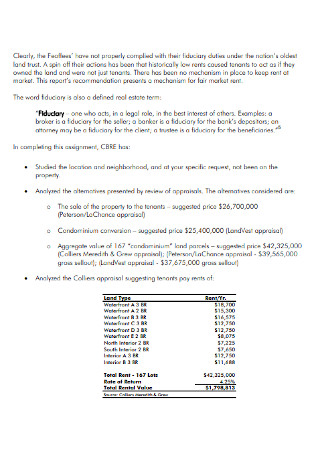
Real Estate Medical Consulting Report
download now -
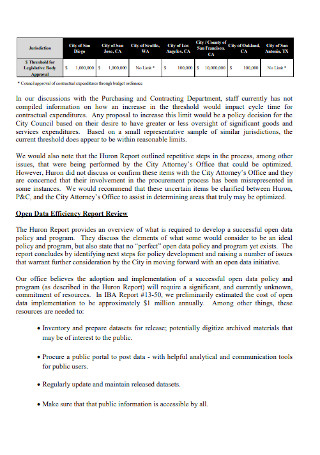
Monthly Consulting Group Report
download now -

Simple Recommendation Consulting Report
download now -

Independent Auditor’s Methodology Consulting Report
download now -
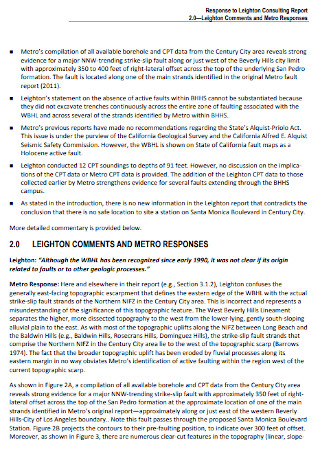
Brand Consulting Report
download now -
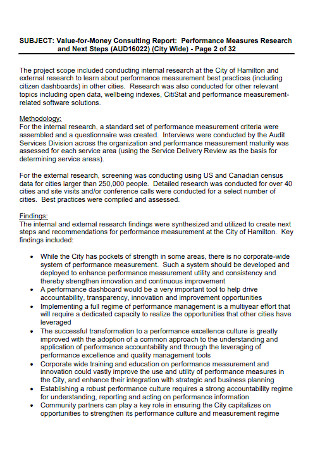
Accounting Consulting Report
download now -
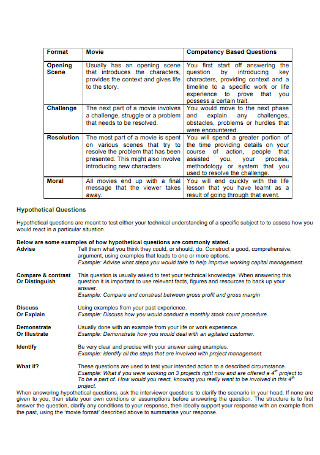
Consulting Analysis Report
download now -

Formal Consulting Final Report
download now -
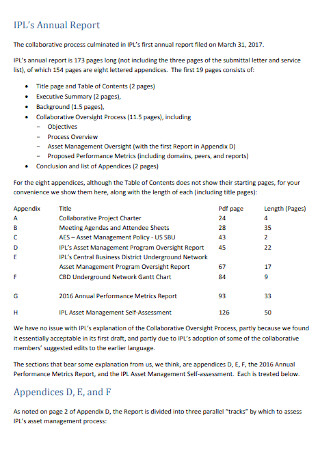
Management Consulting Annual Report
download now -
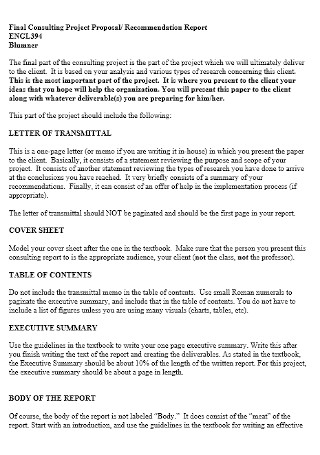
Consulting Project Contract Proposal
download now
What is a Consulting Report?
One of the major tasks of a consultant is handing out his report to his client. The report is called a consulting report. It is a document that contains the consultant’s exhausted assessment on a specific subject. Basically it is the written advice of the consultant. Much like the medical reports a doctor gives a patient after physically examining him, a consulting report is what a consultant gives his client once he has examined his situation. For example, a client engages the services of a consultant to create a competitive industry analysis report so he can better understand his competitors. The consulting report should contain a list of the company’s major competitor’s strengths and weaknesses and compare them to the client’s business’ strengths and weaknesses. The process of writing the report begins by identifying the problem a client is facing. After this, an examination should be made from the consultant’s perspective. Lastly, a list of recommendations is then made which offers a solution to the problem. The report is given to the client. He will then decide whether he will implement the recommendations or not.
The Business of Consulting
The business of consultancy is more than just giving advice to a client. It is about helping a struggling company to survive the harsh environment of the business world. Consultants play a huge role in helping a business be successful. Hence, they are quite essential in the business industry. As reported by Harvard Business Review, consultants in the United States receive approximately $2 Billion for their services per annum. Companies are paying them not just for their advice and their perspective. When we speak of consultants, they are more than just advisers. Business consulting is more than just giving your analysis and formulating a list of recommendations to a client. It includes a broad range of tasks, each set of tasks different from the other depending on the subject or business issue the consultant needs to address and assess. A few examples of reports a consultant makes are organizational report, expense analysis report, project closing report, due diligence report, program report, independent audit reports, weekly status report, etc. Before a report is made, a consultant has to collect data such as statistics, feedback, and business research. His main goal is to provide information to his client, solve his client’s problem, make the necessary diagnosis, make recommendations, help in implementing the recommendations, and overall permanently improving the client’s business.
Importance of Consultancy Business
Struggling businesses often turn to consultancy services for expert advice in improving their business conditions. Consultants help them understand their problems including their business vision and mission. When businesses get a clear picture of their problems, it usually results in formulating an action plan to address underlying issues causing their failure. Overall helping their business get successful. Below are some reasons why consultancy businesses and reports are essential for struggling businesses.
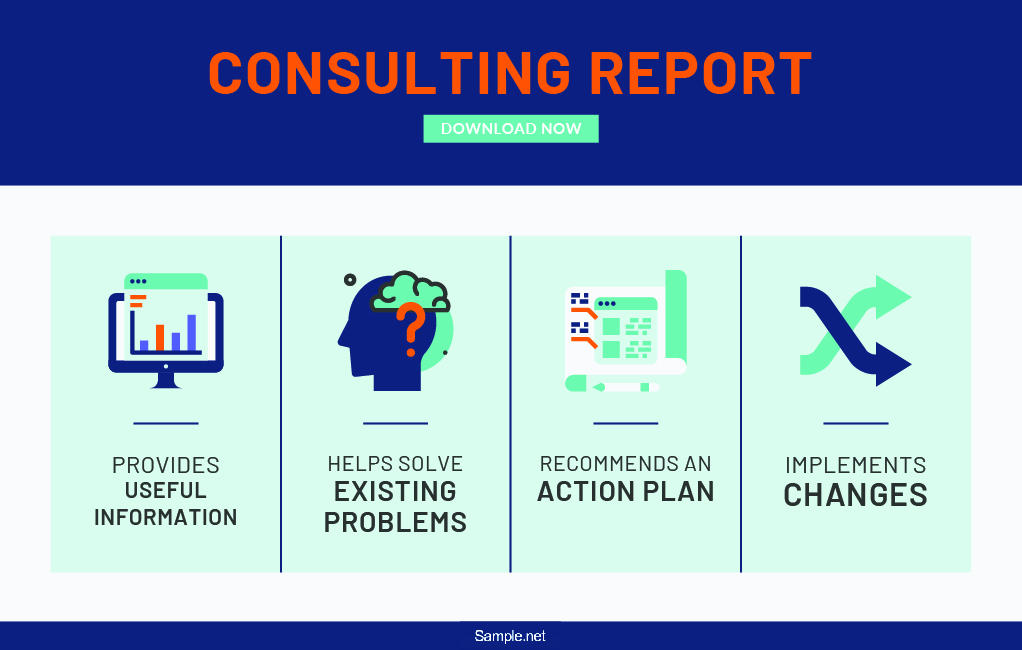
How To Format a Consulting Report
As a consultant your work reputation is heavily determined by the quality of your output which is your reports. Even when you have done a great job during the assessment phase and made excellent accurate recommendations that will surely solve the client’s problems, he can still get unhappy if you hand him a lousy report. Believe it or not, but your report can either make or break your career as a consultant. Hence, you should spend extra time and care in writing one before you send them to your client. Consulting reports differ in content depending on the subject matter it is written for, but it usually follows a standard structure. To help you get started, below is a chronological order on how you should format a consulting report.
Step 1: Place a Title
You spent a lot of time and effort writing and making the report. The worst thing that could happen is for the client to ignore it and not read it. It can get lost in the sea of paper crowding a client’s workspace. To avoid this scenario, format your consulting report in a way that catches the attention of the reader. Hence, the first page of the consulting report should be the title page. The title page should contain your name or the business name of the consulting agency you work for, the title name of the report or the subject matter of the report, the client’s name or business name, and lastly, the date you delivered the report to the client. You can also include a table of contents after the title page to make it easy for the client to jump from one portion of the report without getting confused.
Step 2: Write an Introduction
The next step is writing the introduction. In this section, you will need to explain the purpose of the report and the goals the report wishes to achieve. To help write a well-organized introduction, consider writing an outline of the basic issues or problems you want to address in the report. Once you have your outline, writing will be easier. Include what methods you used and the approach you have taken in conducting the assessment and formulating your analysis. Make sure to throw some relevant statistics, news, and research into your report as this gives it credibility and overall it can impress your client. But before you include the statistics, news, and research, make sure you do a fact check on them to avoid spreading false information that could negatively affect the accuracy of your report.
Step 3: Give Your Analysis
You have already identified the issues or problems in the introduction portion of your report. The next thing to do is give your analysis. For each issue or problem, there should be a separate paragraph that elaborately explains its cause. The problem or issue should be the heading for the paragraph offering analysis. This part of the report should be heavily backed-up by data such as statistics, news reports, and research, The data you use will give an in-depth analysis of the issue. For example, the heading of the first paragraph is “Low Sales Turnout for the Month of September”. The succeeding paragraph should contain research data and statistics that explain low sales turnout during the months of September.
Step 4: Provide Recommendations
Offer a solution to the existing problem or issue. For every issue or problem that has been identified, you should give a set of recommendations that is easily understandable and can be implemented. If you have more than one recommendation, write them down in bullet points and make them as short and concise as possible. You can elaborate on them in a separate paragraph. Basically, this is the part where you provide your client with an action plan on how to solve his business problems. This is the main reason why he is hiring you, so make it worth it and exert most of your efforts here.
Step 5: Write a Conclusion
The conclusion portion is where you wrap up your findings and recommendations for the report. Summarize everything into a brief paragraph. Write a vivid image of the issue or problem, give a thoughtful and concise analysis, and call for an action plan. When writing your conclusions, it is best to stick with the contents you have discussed in the report, do not bring up novel ideas or thoughts. Basically you are putting a close on your report. This is the best time to make an impression. So end it with an interesting closing that is able to put a stamp on the reader’s mind or heart.
Step 6: Include an Executive Summary
The executive summary should be placed before the introduction. However, for purposes of chronological order in writing the report, we have placed writing the executive summary in the last place. You can only write the executive summary once you have finished writing the report. An executive summary is a brief summary of the contents of the report. It gives the reader context and what to look forward to when reading the report. It contains the facts and figures from your findings, like an overview of the whole report. At a maximum, an executive summary should not be more than two pages long. As an overview, it should contain the problem or issue, your findings, analysis, recommendation or action plan, and brief conclusion.
FAQs
What are characteristics that can help a person become a great consultant?
Consultants are people with great expertise in a certain field that offers advice to individuals who seek their services. To be a good consultant, a person needs to have a great set of problem-solving skills, a well-developed communication skill, he must be knowledgable on multiple industries, goal-oriented, a team player, knows how to make powerpoints, and he must be organized.
What services do consultants provide?
It depends on the type of consultancy. But, in general, consultants help a client by providing an expert’s perspective on a given issue, helps a client identify and understand an existing problem, recommend an action plan, helps in initiating change, and overall give a solution to a problem. For example, business consultants help struggling companies overcome business challenges such as an unexplained decrease in sales and slow growth. They help the company analyze their situation and come up with a solution to achieve smart business goals.
After careful analysis of the data given to you, you now have to make the report. The report is the tangible material that your boss pays you to give him. It is basically the assessment report containing your recommendations to improve the client’s business. Your reputation as a consultant relies heavily on how good the quality of the report you give. Hence, make a strong one that delivers all the client’s expectations can give a positive impression and overall helps your reputation.
